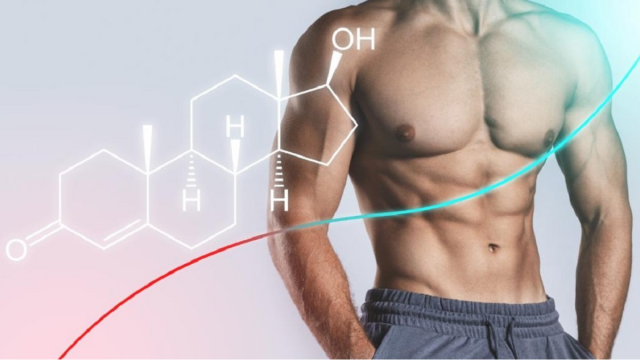Testosterone is a hormone that is involved in the work of male and female organisms and which impacts muscle and bone density, psychological health, and intelligence. Its functions should be well understood to be able to protect one’s health in normal day-to-day life. Here in the guide, we will get to learn more about how testosterone varies in the age of men and women and how hormone imbalance brings about some effects that might harm the body.
Secondly, we will reveal how other related health topics can be discussed by the users of webroot-installation-help.com as well which will present a wider perspective to the existing information provided. Let’s jump into our main topic.
Note on Sex and Gender:
Contents
sex and gender are two-dimensional. This guide employs ‘male’ and ‘female’ to define the biological sex as determined by birth.
The Role of Testosterone
Testosterone is an androgen hormone that is present in both male and female individuals, although it is more related to masculine features.
For Males:
– Development During Puberty: This process helps in the formation of secondary sexual characteristics.
– Sperm Production: In the formation of sperm and the reproductive organs, vitamin C is also involved.
– Muscle and Bone Health: Aids in stimulating the growth of muscular mass in the body as well as bone mass in the body of any human.
– Cognitive and Heart Health: Aids in coordination and balance while enhancing heart health.
– Sex Drive: Also has an impact on sexual drive and function.
For Females:
– Hormonal Balance: Performs the function of maintaining all the hormonal balance by controlling the levels of hormones in the body.
– Sex Drive and Fertility: Affects the expression and sexual instinct and hinders the conception process.
– Blood Cell Production: Supports generation of new blood cells.
– Cognitive and Heart Health: This is very good for the brain and the heart condition.
– Muscle and Bone Health: Assist in retaining the tone and mass of muscles as well as bone density
Low Testosterone Levels
In Males
The symptoms that are associated with low levels of testosterone include hair loss, reduced muscle mass, frail skin, low sexual desire, irritability, and memory problems. The level of testosterone always decreases with age, but low levels of testosterone also have an impact on growth processes.
In Females
Low testosterone in women shows itself in such signs as irregular or no periods, low libido, dryness of the vagina, osteoporosis, and problems with fertility. Yield decreases are steeper in female yielders, especially when they are going through menopause.
High Testosterone Levels
High testosterone levels which perhaps may not be manifested in adult males can be realized in children where they lead to early development or growth.
Check also this website: imediadisha.com
Polycystic Ovary Syndrome (PCOS)
PCOS is a hormonal disorder in which the ovaries of females secrete excessive levels of androgens, the male sex hormones. Signs and symptoms are irregular menstrual cycles, face, oily skin, and excess body hair. The primary reason for the occurrence of the disease may be due to several factors including genetic make-up as well as the environment.
Steroid Use
Anabolic steroids work by increasing testosterone concentration and without following the usual hormonal cycle. Overuse of the hormone may cause negative effects such as Low sperm production and fertility problems in males Use in females may cause deeper voice, hair loss, and irregular menstrual cycles.
Testing and Diagnosis
The healthcare provider will believe him and conduct an assessment of the heart rate and oxygen levels before prescribing a blood test to determine possible deficiency or excessive testosterone. You should also find the time to take the measurements in the morning when your testosterone levels peak.
In Males
Patients will have steroid or opiate use, pubertal progression, BMI, and hair and genital health inspected by doctors.
In Females
Evaluation includes possibly menstruation history, skin condition, body or facial hair, as well as muscle bulk.
For Adolescents
Observation of the onset of puberty and the developmental changes that arise are made.
Treatment Options
For Low Testosterone
– Hormone Replacement Therapy (HRT): Includes injections, gels, patches, or pellets. Long-term use may have side effects such as increased heart risk.
– Lifestyle Changes: Exercise, a balanced diet, and stress management can naturally improve testosterone levels.
For High Testosterone
– Medications: Anti-androgens or other treatments can help manage high levels.
– Lifestyle Adjustments: Diet and exercise modifications, along with regular monitoring, can aid in balancing hormone levels.
For PCOS
Management often involves weight control, hormonal contraception, and fertility treatments.
Conclusion
Testosterone is important in the healthy lives of males and females. Increased awareness of signs of imbalance and the administration of treatment can improve quality of life. To get more precise guidance, you can webroot-installation-help.com.


